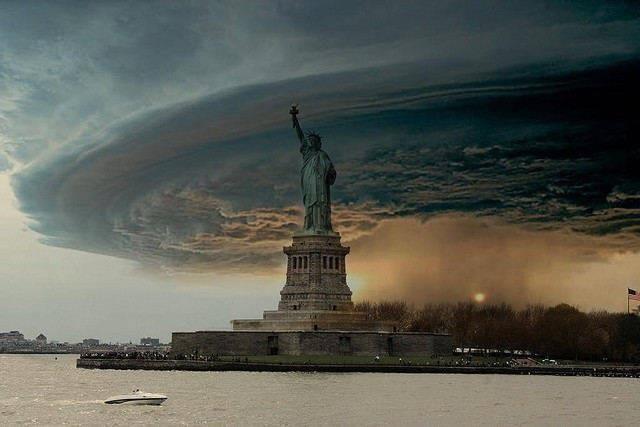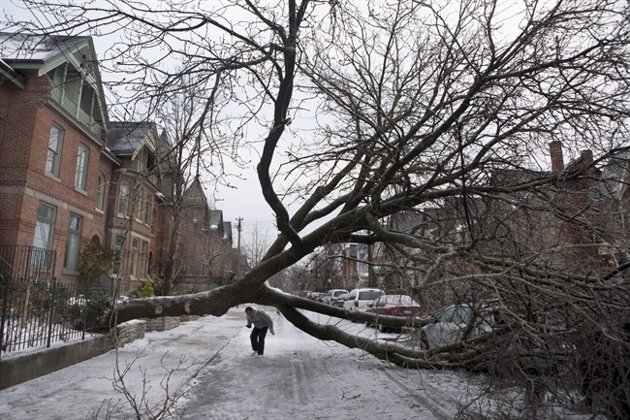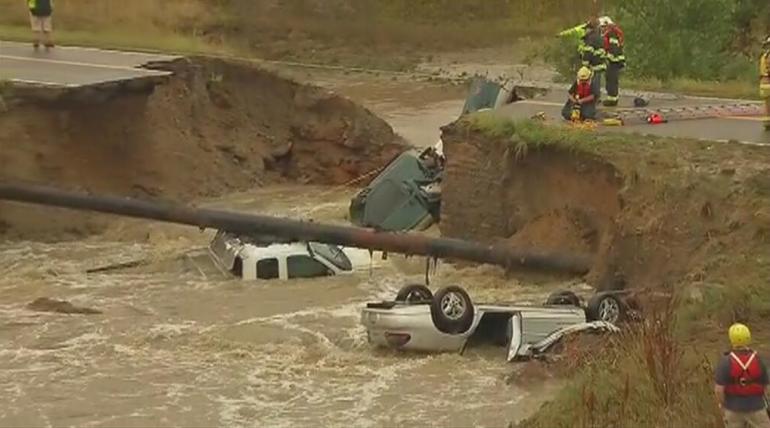December 27, 2013 – Having experienced what a single ice storm can do to a city of 2.5 million and a metropolitan population of over 5 million, I thought it would be useful to look at how cities in general are preparing for climate change incidents.
City of Toronto
Toronto, my home town, boldly proclaims a Climate Change Action Plan on its website. Entitled “Change is in the Air – Toronto’s Commitment to an Environmentally Sustainable Future,” the plan was formulated in 2006.
In it the city government committed to reducing greenhouse gas emission (GHG) by 30% in 2020 and by 80% in 2050.
In addition the city plan targeted smog-causing pollutants with a planned reduction of 20% by 2012. Has the city told us if we have achieved that target? I don’t see anything on the website to confirm this.
Another Toronto goal was to increase the tree canopy to 34% across the city to reduce the heat island effect. This was also a 2012 target. Has it been achieved? Don’t know.
In the area of energy the action plan talked about supporting energy conservation and establishing renewable energy goals for municipal government use.
The plan also included reducing per capita water consumption by 50% by 2020.
On the issue of extreme weather events the action plan talked about the city conducting vulnerability scans for all operations. No talk about response to extreme weather events. No talk about hardening of infrastructure to reduce the likelihood of loss of power such over 900,000 experienced in this last week. No talk about contingency planning in the event of contamination of water sources when the filtration systems stop pumping as occurred for a short time this week. No development of backup generator capacity for the most vulnerable public facilities like hospitals. Two major city hospitals were running on emergency power for several days before the grid feed was restored.
Some climate action plan!
New York City
Let’s compare Toronto’s plan with that of New York City (NYC).
NYC took a beating after Hurricane Sandy in 2012 and as a result tackled the issue of climate change action with an eye to hardening the city to deal with extreme weather.
Besides the commitment to reducing GHGs by 30% from 2005 to 2030, plaNYC focuses on preparing the city for extreme climate events.
The plan talks about increasing the resilience of the natural systems and infrastructure to climate risks going well beyond the issues of GHGs.
This includes evaluating critical infrastructure to protect against floods, identifying where along the almost 900 kilometers (520 miles) of coastline the city is most vulnerable to extreme storms, renewing and restoring coastal wetlands to reduce erosion and storm surges, hardening power delivery and introducing a smarter grid, and creating continuous climate change projections to develop emergency management preparedness.
plaNYC also analyzes the impact rising sea levels will have on the city throughout the 21st century with contingency planning for altering land use and moving citizens to safer locations.
An Adaptation Task Force has combined 40 public and private organizations responsible for critical infrastructure in an effort to coordinate a common strategy to address all aspects of climate risk including extreme weather events.
The NYC plan includes over 500 events per year focused on educating New Yorkers, knowing that citizens and community groups can better deal with weather events when they have as much information as possible in the event of extreme weather and other climate change issues.
The planning by New York makes Toronto’s efforts to-date look like a dereliction of duty by the city government. And NYC is not alone in creating climate change action plans that have legs.
The 100 Resilient Cities Network identifies 11 U.S. and 33 international cities that have put in place action plans to address future climate change.
El Paso, Boulder and Others
One of the American cities is El Paso, Texas, population 672,500, situated on the banks of the Rio Grande River. El Paso over the last decade has experienced all kinds of climate extremes from devastating floods to multiple years of drought. But the single greatest threat the city will face in the future is a declining volume of freshwater. This has led to a strategic plan to manage water, storm water runoff and wastewater recycling. Natural landscaping that better fits the scrub of the semi-desert of West Texas has replaced lawns in many El Paso homes.
Another is Boulder, Colorardo, population 101,800. In the headlines this summer, Boulder suffered devastating floods (see image above) that washed away 1,800 homes, saw 10 people lose their lives, and cost $2 billion in property losses. CAP is the name of Boulder’s plan to integrate a number of strategies including reducing GHGs and implementing a CAP tax, the first of its kind to help defray the cost of climate change impacts. The tax is levied through the use of electricity and is collected by the local power utility. Rates vary depending on whether you are a residential, commercial or industrial user. First approved by vote in 2010, CAP was renewed by Boulder’s citizens in 2012. To-date six programs have received funding from the money raised through CAP and trash collection levies.
Other U.S. cities implementing climate change action plans include Jacksonville and Key West, Florida, New Orleans, Louisiana, Norfolk, Virginia, Los Angeles, Oakland and three other cities in the San Francisco Bay area of California.
Among international cities, many of the C40 have climate change action plans in place. Bangkok, Thailand, which has experienced significant flooding in the last decade developed an initial action plan in 2007 and has renewed it to cover the period up to 2023. The focus has moved from GHG reductions to mitigating and adapting to devastating weather events and rising sea levels.
Joining Bangkok are Berlin, Germany, Rio de Janeiro, Brazil, Bogota, Colombia, Melbourne, Australia, and Seoul, South Korea. What these cities are doing should be a wake up call to all the world’s major urban centres.















[…] From New York to Bogota, cities implement policies to mitigate the anticipated damages from climate change including a climate change tax. […]